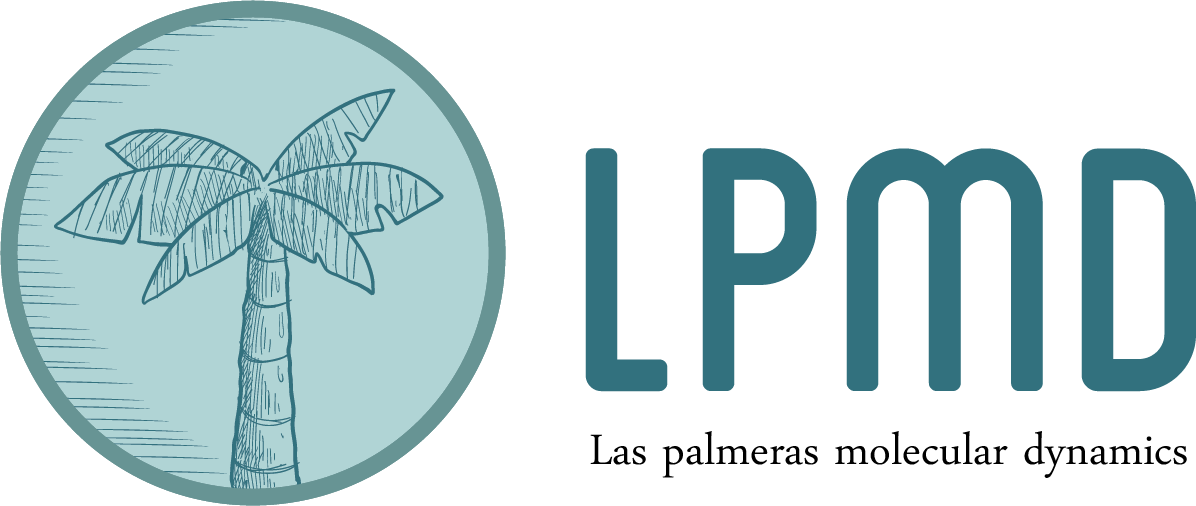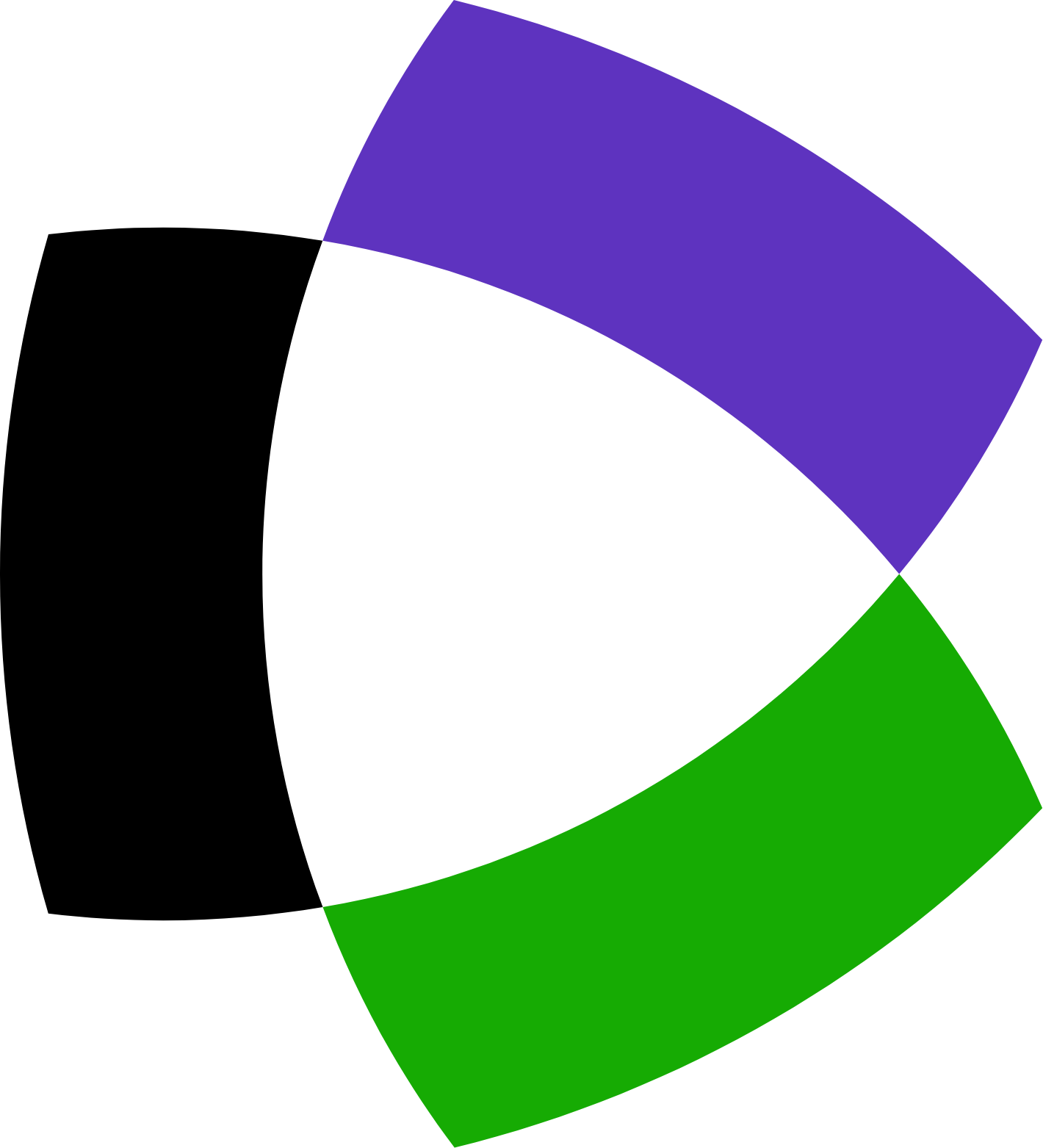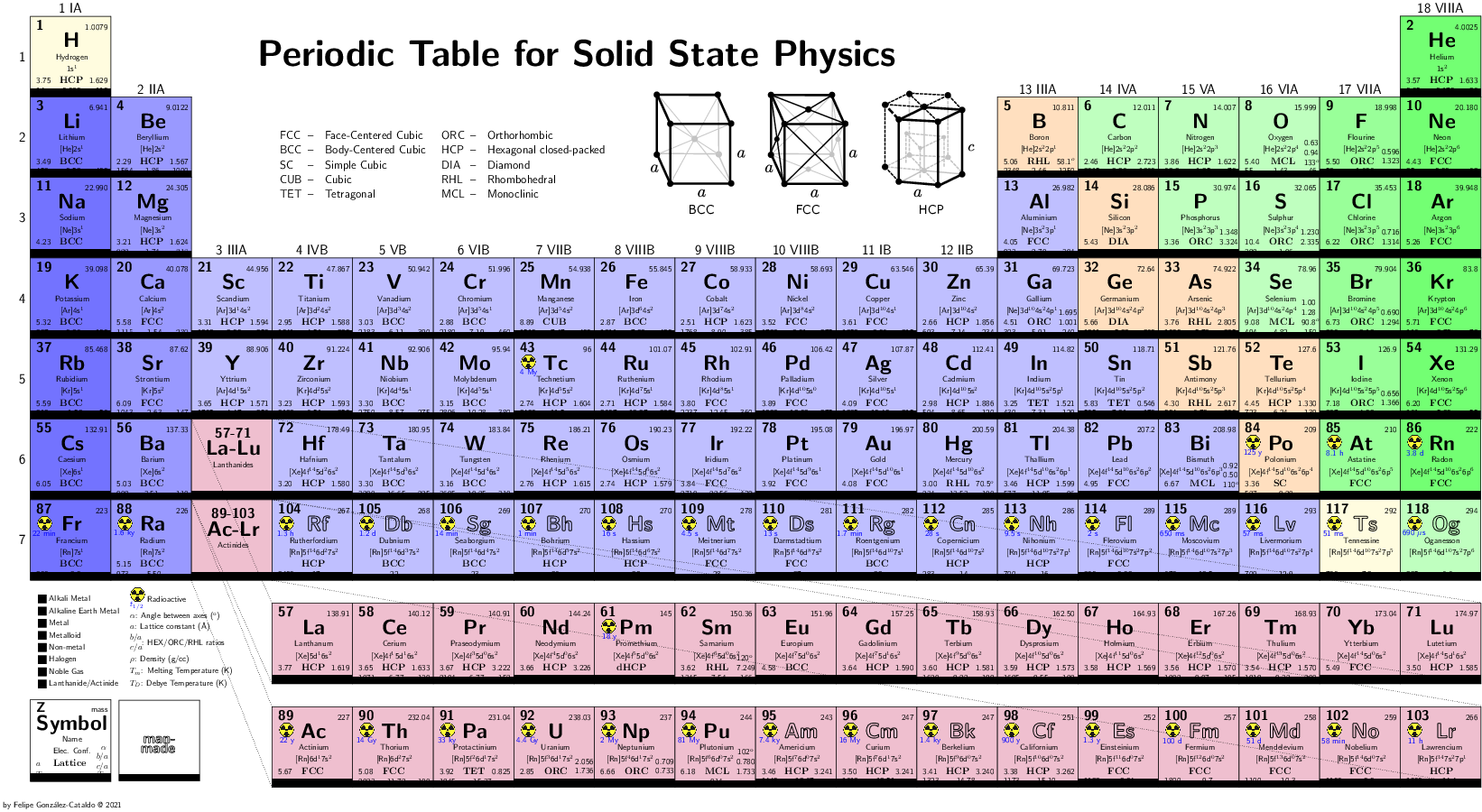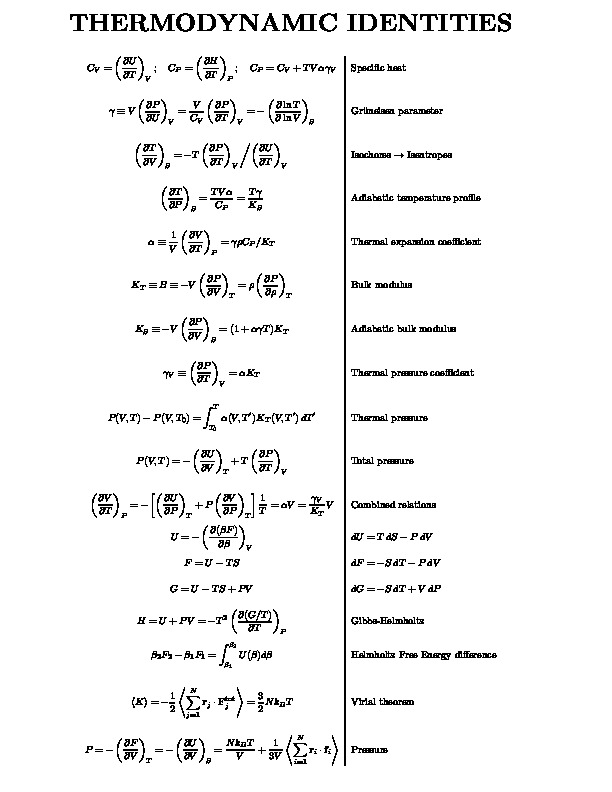Campos Vectoriales
¿Alguna vez te has preguntado cómo se ve un campo electromagnético? ¿Cómo viajan las señales desde los satélites a tu celular? ¿O tal vez cuál es la forma de la onda de radio emitida desde tu estación de radio favorita? Aquí presento una forma de visualizar cómo se propagan distintos campos eléctricos.
Código (C++)
//* VECTOR FIELDS *//
//* *//
//* This program shows how different vector fields propagate. *//
//* The program draws a vector field of the form //
//* E(r) = E(r)e^{i(k*r-w*t)}, //
//* where r=(x,y,z) and k=(kx,ky,kz) //
//*************************************************************//
// AUTHOR: FELIPE GONZALEZ CATALDO, December 2012.
//--------------------------------------------------//
//--------------------------------------------------//
#include <GL/glut.h>
#include <iostream>
#include <cmath>
#define ESCAPE 27
unsigned char Buttons[3] = {0};
int mousecoord[2];
int win_width=800, win_height=600;
float ancho=50.0, alto=50.0;
float diagonal=sqrt(ancho*ancho+alto*alto);
float dist=diagonal;
float fovy;
float near, far;
float eye[3], center[3], up[3];
float v[3], diag[3], camdir[3];
float tx = 0;
float ty = 0;
bool paused=false;
GLuint unitID, vecfieldID;
float dt=0.001;
float t=0;
int NumXArrows=50;
int NumYArrows=50;
int NumZArrows=1;
float norm=0.8;
float lambda=10;
float w=300;
float kx(float x, float y, float z){ return (2*M_PI/lambda)*x/sqrt(x*x+y*y);}
float ky(float x, float y, float z){ return (2*M_PI/lambda)*y/sqrt(x*x+y*y);}
float kz(float x, float y, float z){ return 0.0;}
float Ex(float x, float y, float z){ return 0.0; }
float Ey(float x, float y, float z){ return 0.0; }
float Ez(float x, float y, float z){ return 1.0; }
//------------------------------- SolidCylinder ------------------------------//
// Draw a cone of radii r and height h
void SolidCylinder(float r, float h)
{
float vtx=4;
glBegin(GL_POLYGON);
for (int n=0; n<=vtx; n++) glVertex3d(r*cos(2*M_PI*n/vtx),r*sin(2*M_PI*n/vtx),0);
glEnd();
glBegin(GL_POLYGON);
for (int n=0; n<vtx; n++)
{
glVertex3d(r*cos(2*M_PI*n/vtx),r*sin(2*M_PI*n/vtx),0);
glVertex3d(r*cos(2*M_PI*(n+1)/vtx),r*sin(2*M_PI*(n+1)/vtx),0);
glVertex3d(r*cos(2*M_PI*(n+1)/vtx),r*sin(2*M_PI*(n+1)/vtx),h);
glVertex3d(r*cos(2*M_PI*n/vtx),r*sin(2*M_PI*n/vtx),h);
glVertex3d(r*cos(2*M_PI*n/vtx),r*sin(2*M_PI*n/vtx),0);
}
glEnd();
}
//------------------------------- SolidCone ------------------------------//
// Draw a cone of radii r and height h
void SolidCone(float r, float h)
{
float vtx=4;
glBegin(GL_POLYGON);
for (int n=0; n<=vtx; n++) glVertex3d(r*cos(2*M_PI*n/vtx),r*sin(2*M_PI*n/vtx),0);
glEnd();
glBegin(GL_POLYGON);
for (int n=0; n<vtx; n++)
{
glVertex3d(r*cos(2*M_PI*n/vtx),r*sin(2*M_PI*n/vtx),0);
glVertex3d(r*cos(2*M_PI*(n+1)/vtx),r*sin(2*M_PI*(n+1)/vtx),0);
glVertex3d(0,0,h);
glVertex3d(r*cos(2*M_PI*n/vtx),r*sin(2*M_PI*n/vtx),0);
}
glEnd();
}
//------------------------------ Unitary Vector ------------------------------//
void MakeUnitZ(GLuint id)
{
float r=diagonal/1000;
glNewList(id,GL_COMPILE);
glPushMatrix();
SolidCylinder(r,1); // Cilindro
// glBegin(GL_LINES); glVertex3f(0,0,0); glVertex3f(0,0,1); glEnd(); // Linea simple
glPopMatrix();
glEndList();
}
//------------------------------ General Vector ------------------------------//
void flecha(float x, float y, float z)
{
float L=x*x+y*y+z*z;
L=sqrt(L);
float r=diagonal/1000;
glPushMatrix();
float angle=acos(z/L)*180/M_PI;
// Rotamos el cilindro alargado (0,0,L) un angulo
// (-angle) en torno al eje (x,y,z)X(0,0,L)=(L*y,-L*x,0)=(ejex,ejey,ejez)
float ejex=L*y, ejey=-L*x, ejez=0;
if (fabs(L*y)<0.001 && fabs(L*x)<0.001) ejex=1; //Soluciona el caso eje=(0,0,0)
glRotated(-angle, ejex, ejey, ejez);
glPushMatrix();
// 'Cilindro'
glPushMatrix();
glScalef(1,1,L); glCallList(unitID); // Cilindro agrandado
glPopMatrix();
// 'Gorrito'
glTranslated(0,0,L);
SolidCone(2*r,0.1*L);
// glutSolidCone(2*r,4*r,4,4);
glPopMatrix();
glPopMatrix();
}
//****************************************************************************//
//------------------------------ Vector Field --------------------------------//
//****************************************************************************//
void MakeVectorField(GLuint id)
{
glNewList(id,GL_COMPILE);
int counter=0;
for (float z=0; z<ancho/4; z+=(ancho/4)/NumZArrows)
{
for (float y=-alto/2; y<alto/2; y+=alto/NumYArrows)
{
for (float x=-ancho/2; x<ancho/2; x+=ancho/NumXArrows)
{
glPushMatrix();
glTranslatef(x,y,z);
glColor3f(1,1,0);
if (Ez(x,y,z)*cos(kx(x,y,z)*x+ky(x,y,z)*y+kz(x,y,z)*z-w*t)<0) glColor3f(1,1,0);
else glColor3f(1,0,0);
counter++;
flecha(
Ex(x,y,z)*cos(kx(x,y,z)*x+ky(x,y,z)*y+kz(x,y,z)*z-w*t)/norm,
Ey(x,y,z)*cos(kx(x,y,z)*x+ky(x,y,z)*y+kz(x,y,z)*z-w*t)/norm,
Ez(x,y,z)*cos(kx(x,y,z)*x+ky(x,y,z)*y+kz(x,y,z)*z-w*t)/norm);
// glColor3f(0,0,1);
// flecha(kx(x,y,z),ky(x,y,z),kz(x,y,z));
glPopMatrix();
}
}
}
glEndList();
// std::cout << "Conte " << counter << " flechas\n";
}
//----------------------------------------------------------------------------//
//--------------------------- RotateVector -----------------------------------//
// It is used to rotate the camera in the "MoveCamera" function
// Method taken from http://inside.mines.edu/~gmurray/ArbitraryAxisRotation/
void RotateVector(float * vect, float * axis, float ang)
{
float u=axis[0],v=axis[1],w=axis[2];
float x=vect[0],y=vect[1],z=vect[2];
float norm2=u*u+v*v+w*w;
float rv[3];
rv[0] = u*(u*x+v*y+w*z)+(x*(v*v+w*w)-u*(v*y+w*z))*cos(ang)+sqrt(u*u+v*v+w*w)*(-w*y+v*z)*sin(ang);
rv[1] = v*(u*x+v*y+w*z)+(y*(u*u+w*w)-v*(u*x+w*z))*cos(ang)+sqrt(u*u+v*v+w*w)*(w*x-u*z)*sin(ang);
rv[2] = w*(u*x+v*y+w*z)+(z*(u*u+v*v)-w*(u*x+v*y))*cos(ang)+sqrt(u*u+v*v+w*w)*(-v*x+u*y)*sin(ang);
for (int q=0; q<3; ++q) vect[q]=rv[q]/norm2;
}
//------------------------------------- SetCamera ----------------------------//
// This function will be used in any function that involves a camera movement
void SetCamera(float distance)
{
for (int q=0;q<3;++q) center[q] = 0+tx*v[q]+ty*up[q];//0.5*diag[q] + tx*v[q] + ty*up[q];
for (int q=0;q<3;++q) eye[q] = center[q] + distance*camdir[q];
far=4*fabs(distance);
near=0.5*fabs(distance);
}
void SetCamera(float theta, float phi)
{
// 'camdir' is the unitary vector that points from the center of the cell towards the camera
camdir[0] = sin(theta)*cos(phi);
camdir[1] = sin(theta)*sin(phi);
camdir[2] = cos(theta);
float phz = 0.5*M_PI;
// 'v' is a 90° rotation of the vector 'camdir' (adding 0.5*M_PI to the "theta" angle in spherical coordinates) along the plane phi=const.
v[0] = sin(theta+phz)*cos(phi);
v[1] = sin(theta+phz)*sin(phi);
v[2] = cos(theta+phz);
// 'up'='camdir'x'v' vector indicates which direction is up (the direction from the bottom to the top of the viewing volume)
up[0] = camdir[1]*v[2] - camdir[2]*v[1];
up[1] = camdir[2]*v[0] - camdir[0]*v[2];
up[2] = camdir[0]*v[1] - camdir[1]*v[0];
// Set the far-clip (perspetive mode) always beyond the objects
far=4*fabs(dist);
SetCamera(dist);
}
//------------------------------- MoveCamera ---------------------------------//
void MoveCamera(float angx, float angy)
{
float rotx = M_PI*angx/180.0;
float roty = M_PI*angy/180.0;
float horiz[3];
// 'horiz'='up'x'camdir'='v'
horiz[0] = up[1]*camdir[2] - up[2]*camdir[1];
horiz[1] = up[2]*camdir[0] - up[0]*camdir[2];
horiz[2] = up[0]*camdir[1] - up[1]*camdir[0];
RotateVector(camdir, horiz, roty);
RotateVector(camdir, up, rotx);
RotateVector(v, horiz, roty);
RotateVector(v, up, rotx);
// 'up'='camdir'x'v'
up[0] = camdir[1]*v[2] - camdir[2]*v[1];
up[1] = camdir[2]*v[0] - camdir[0]*v[2];
up[2] = camdir[0]*v[1] - camdir[1]*v[0];
SetCamera(dist);
}
//----------------------------- Init -----------------------------------------//
void Init(int argc, char** argv)
{
GLfloat light_diffuse[] = {1.0, 1.0, 1.0, 1.0};
GLfloat light_position[] = { 0, 0, -1, 0};
GLfloat light_position1[] = {0, 0, 1, 0};
GLfloat mat_specular[] = { 1.0, 1.0, 1.0, 1.0 };
GLfloat mat_shininess[] = { 50.0 };
glShadeModel (GL_SMOOTH);
/* Define normal light */
glLightfv(GL_LIGHT0,GL_DIFFUSE,light_diffuse);
glLightfv(GL_LIGHT1,GL_DIFFUSE,light_diffuse);
glLightfv(GL_LIGHT0,GL_POSITION,light_position);
glLightfv(GL_LIGHT1,GL_POSITION,light_position1);
/* Define material of objects */
glMaterialfv(GL_FRONT_AND_BACK, GL_SPECULAR, mat_specular);
glMaterialfv(GL_FRONT_AND_BACK, GL_SHININESS, mat_shininess);
/* Enable a single OpenGL light */
glEnable(GL_LIGHTING);
glEnable(GL_LIGHT0);
glEnable(GL_LIGHT1);
/* Use depth buffering for hidden surface elimination */
glEnable(GL_DEPTH_TEST);
/* Enable the color material mode */
glEnable(GL_COLOR_MATERIAL);
/* Don't mess up the lighting equations */
glEnable(GL_NORMALIZE);
near=0.5*diagonal;
far=2*diagonal;
fovy = (GLfloat)( 0.5*alto/(2*near) );
fovy = (GLfloat)( 2*atan((float)fovy)/M_PI*180.0 ); // Field of view touches exactly the borders of the cell
fovy = (GLfloat)( 1.2*fovy); // We open the field of view a little bit more.
for (int q=0; q<3; q++) diag[q]=0.5*(alto+ancho);
double theta=0, phi=0;
camdir[0] = sin(theta)*cos(phi);
camdir[1] = sin(theta)*sin(phi);
camdir[2] = cos(theta);
float phz = 0.5*M_PI;
/* Set 'v', a 90° rotation of the vector 'camdir' (adding 0.5*M_PI to the "theta" angle in spherical coordinates) along the plane phi=const. */
v[0] = sin(theta+phz)*cos(phi);
v[1] = sin(theta+phz)*sin(phi);
v[2] = cos(theta+phz);
/* Set 'up'='camdir'x'v' vector, that indicates which direction is up (the direction from the bottom to the top of the viewing volume) */
up[0] = camdir[1]*v[2] - camdir[2]*v[1];
up[1] = camdir[2]*v[0] - camdir[0]*v[2];
up[2] = camdir[0]*v[1] - camdir[1]*v[0];
float cm = 0.0;
for (int q=0;q<3;++q) cm += up[q]*up[q];
for (int q=0;q<3;++q) up[q] /= sqrt(cm);
/* SetCamera(distance) or SetCamera(orth_distance) */
MoveCamera(0,20);
/* Make the a unitary vector un z direction */
unitID = glGenLists(1);
MakeUnitZ(unitID);
/* Make the whole vector field */
vecfieldID = glGenLists(1);
MakeVectorField(vecfieldID);
}
//----------------------------- Reshape ---------------------------------------//
void Reshape(int w, int h)
{
win_width=w;
win_height=h;
// set the GL viewport to match the full size of the window
glViewport(0, 0, (GLsizei)w, (GLsizei)h);
float aspect = w/(float)h;
glMatrixMode(GL_PROJECTION);
glLoadIdentity();
// we math the aspect ratio (w/h) with the viewport ratio in both perspectives
gluPerspective(fovy,aspect,near,far);
glMatrixMode(GL_MODELVIEW);
glLoadIdentity();
}
//----------------------------- Mouse ---------------------------------------//
void Mouse(int button,int state,int x,int y){
mousecoord[0] = x;
mousecoord[1] = y;
switch(button)
{
case GLUT_LEFT_BUTTON:
Buttons[0] = ((GLUT_DOWN==state)?1:0);
break;
case GLUT_MIDDLE_BUTTON:
Buttons[1] = ((GLUT_DOWN==state)?1:0);
break;
case GLUT_RIGHT_BUTTON:
Buttons[2] = ((GLUT_DOWN==state)?1:0);
break;
default:
break;
}
mousecoord[0] = x;
mousecoord[1] = y;
glutPostRedisplay();
}
//----------------------------- Mouse Motion ---------------------------------//
void MouseMotion(int x,int y){
// drag and drop
int dx = x-mousecoord[0];
int dy = y-mousecoord[1];
mousecoord[0] = x;
mousecoord[1] = y;
if( Buttons[1] ) // Boton del centro (scroll)
{
dist -= (float) 1.1f * dx;
MoveCamera(0,0);
}
else if( Buttons[0] ) // Boton izquierdo
{
if (sqrt(dx*dx+dy*dy) < 0.2) return;
MoveCamera(-0.5*dx,-0.5*dy);
}
else if( Buttons[2] ) // Boton derecho
{
tx -= (float) 0.1f * dx;
ty += (float) 0.1f * dy;
MoveCamera(0,0);
}
Reshape(win_width,win_height);
glutPostRedisplay();
}
//----------------------------- Keyboard -------------------------------------//
void Keyboard(unsigned char key, int x, int y){
switch (key)
{
case ESCAPE: exit(0);
case 'q': exit(0);
break;
case 'a':
{
tx=0; ty=0;
dist=1.1*alto/(2*tan(M_PI/8));
SetCamera(0,0);
glutPostRedisplay();
}
break;
case 'p':
case ' ':
{
paused = !paused;
}
}
}
//----------------------------- Draw -----------------------------------------//
void Draw(void){
// glClearColor(1,1,1,1);
glClear(GL_COLOR_BUFFER_BIT|GL_DEPTH_BUFFER_BIT);
glLoadIdentity();
glPushMatrix();
gluLookAt(
(GLfloat)eye[0],(GLfloat)eye[1],(GLfloat)eye[2],
(GLfloat)center[0],(GLfloat)center[1],(GLfloat)center[2],
(GLfloat)up[0],(GLfloat)up[1],(GLfloat)up[2]);
glPushMatrix();
glCallList(vecfieldID);
glColor3f(0,1,0);
glBegin(GL_LINES);
for(float i=-ancho/2;i<=ancho/2;i+=5){ glVertex3f(i,-alto/2,0); glVertex3f(i,alto/2,0);}
for(float i=-alto/2; i<=alto/2; i+=5){ glVertex3f(ancho/2,i,0); glVertex3f(-ancho/2,i,0);}
glEnd();
glColor3f(1,1,1);
glPopMatrix();
glPushMatrix();
glScaled(5,5,5);
flecha(1,0,0);
flecha(0,1,0);
flecha(0,0,1);
glPopMatrix();
glPopMatrix();
glutPostRedisplay();
glutSwapBuffers(); // Intercambia los buffers para impedir el parpadeo.
}
void idle(void)
{
if(!paused){t+=dt; MakeVectorField(vecfieldID);}
}
int main(int argc, char** argv)
{
for (int op=0; op<argc; op++)
{
std::string sw=argv[op];
if (sw=="-h")
{
std::cout << "-> INFORMATION: \n";
std::cout << " This program can animate any vector field with the form \n";
std::cout << " E(r)=E0(r)cos(kr-wt) \n";
std::cout << " where r=(x,y,z), k=(kx,ky,kz) and E0=(E0x,E0y,E0z). \n";
std::cout << " Each component of k and E0 can depend on space and time,\n";
std::cout << " writting them in cartesian coordinates. \n";
std::cout << " You have the freedom to distribute copies of this free \n";
std::cout << " software (and change it if you wish). For more information\n";
std::cout << " contact me to fgonzalez@lpmd.cl \n\n";
std::cout << "-> SYNOPSIS: \n";
std::cout << " Replace the piece of code necessary to configure your \n";
std::cout << " vector field (see examples) and compile the program with\n\n";
std::cout << " g++ -Wall -o newfield vector-fields.cc -lglut -lGLU\n\n";
std::cout << " 'a' : Restores visualization. \n";
std::cout << " 'q' : Closes program. \n";
std::cout << " 'p' or ' ' : Play/stops the animation. \n";
std::cout << " MOUSE_LEFT_BUTTON : Rotate de scene. \n";
std::cout << " MOUSE_MIDDLE_BUTTON: Zoom to the scene. \n";
std::cout << " MOUSE_RIGHT_BUTTON : Translate the scene. \n\n";
std::cout << "-> INSTALL REQUIRED SOFTWARE: \n";
std::cout << " apt-get install mesa-utils \n";
std::cout << " apt-get install libglut3-dev \n\n";
std::cout << "-> EXAMPLE: \n";
std::cout << " This piece of code corresponds to a plane wave polarized\n";
std::cout << " in Z-direction, travelling in the direction (1,1,0): \n\n";
std::cout << " int NumXArrows=50; \n";
std::cout << " int NumYArrows=50; \n";
std::cout << " int NumZArrows=1; \n";
std::cout << " float norm=0.8; \n";
std::cout << " float lambda=10; \n";
std::cout << " float w=300; \n";
std::cout << " float kx(float x, float y, float z){ return (2*M_PI/lambda)/sqrt(2);}\n";
std::cout << " float ky(float x, float y, float z){ return (2*M_PI/lambda)/sqrt(2);}\n";
std::cout << " float kz(float x, float y, float z){ return 0;} \n";
std::cout << " float Ex(float x, float y, float z){ return 0; } \n";
std::cout << " float Ey(float x, float y, float z){ return 0; } \n";
std::cout << " float Ez(float x, float y, float z){ return 1; } \n\n";
std::cout << " The first 3 lines fix the number of arrows in each \n";
std::cout << " direction. In this case, you will have 50x50x1=2500 \n";
std::cout << " arrows in the simulation. 'norm' is a normalizer factor \n";
std::cout << " to keep arrows not so large, not so short. 'lambda' is \n";
std::cout << " the wave length, and 'w' the frequency. 'kx', ky' and 'kz'\n";
std::cout << " are the componentes of the wave vector k, while 'Ex', 'Ey'\n";
std::cout << " and 'Ez' are the componentes of E0. \n\n\n";
std::cout << "Felipe Gonzalez Cataldo. \n";
std::cout << "July 2011. \n";
exit(0);
}
}
glutInit(&argc, argv);
glutInitDisplayMode(GLUT_DOUBLE | GLUT_RGBA | GLUT_DEPTH);
glutInitWindowSize(win_width,win_height);
glutInitWindowPosition(0, 150);
glutCreateWindow("Campos Vectoriales");
Init(argc,argv);
glutDisplayFunc(Draw);
glutKeyboardFunc(Keyboard);
glutReshapeFunc(Reshape);
glutMotionFunc(MouseMotion);
glutMouseFunc(Mouse);
glutIdleFunc(idle);
glutMainLoop();
return 0;
}
Ejecutando el programa
Para ejecutar el programa, guarde el código anterior como "Columnas-de-aire.py", y ejecute
Esto generará la animación. Si desea guardar cada uno de los frame en un archivo png, quite el comentario de la linea
Para juntar las fotos png en una sola imagen animada gif, ver este link













